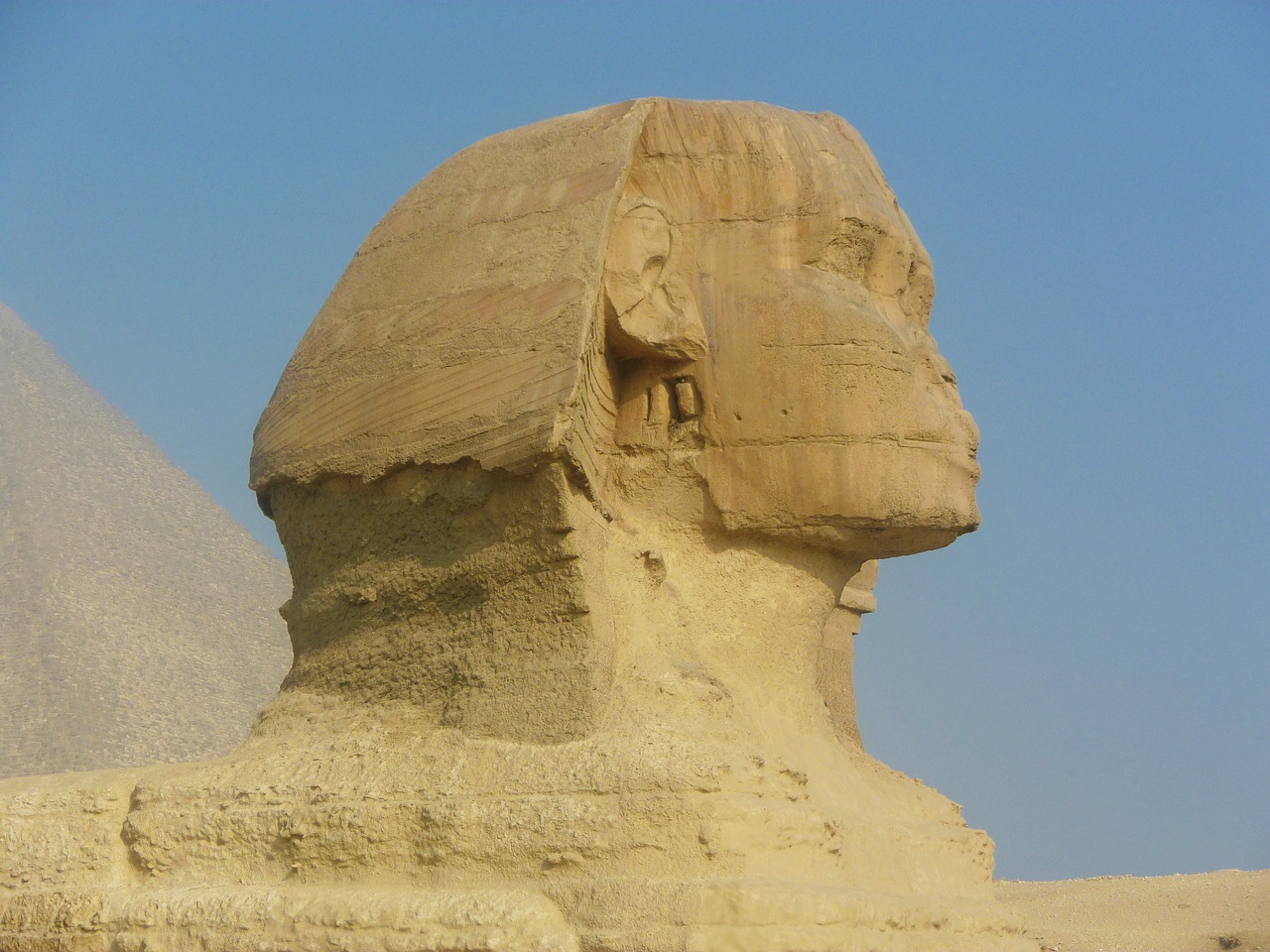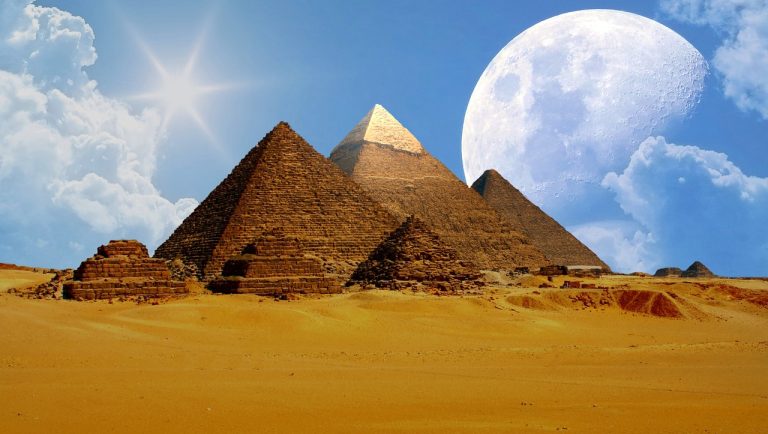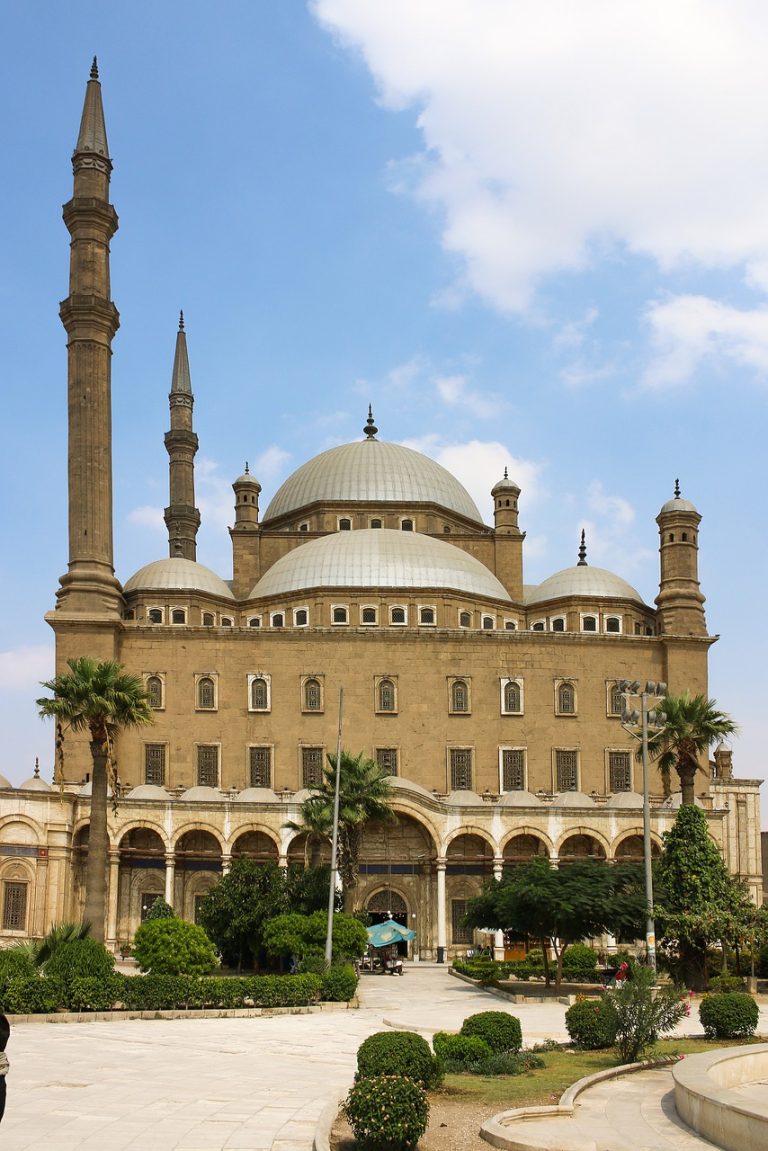Cairo Egypt Video
Cairo, the capital city of Egypt, is a vibrant metropolis that has undergone significant cultural evolution throughout its history. From ancient Egyptian civilizations to Islamic influences and modern developments, Cairo has become a melting pot of diverse cultures and traditions. This article explores the cultural evolution of Cairo, highlighting its rich heritage and the various elements that have shaped the city’s identity.
The Ancient Egyptian Legacy
- Pyramids of Giza: The iconic Pyramids of Giza, including the Great Pyramid of Khufu, are a testament to the ancient Egyptian civilization’s architectural prowess and burial practices.
- Egyptian Museum: The Egyptian Museum in Cairo houses an extensive collection of artifacts, including the treasures of Tutankhamun, providing insights into the ancient Egyptian way of life.
- Khan El Khalili: This historic market in Cairo’s Islamic district is a hub of traditional crafts, spices, and vibrant street life.
The Pyramids of Giza, located on the outskirts of Cairo, have captivated visitors for centuries. These monumental structures were built as tombs for pharaohs and served as a gateway to the afterlife. The pyramids and the nearby Sphinx are enduring symbols of ancient Egypt’s grandeur and continue to attract tourists from around the world.
The Egyptian Museum is home to over 120,000 ancient Egyptian artifacts, making it one of the world’s most significant repositories of ancient history. Visitors can explore exhibits showcasing statues, jewelry, mummies, and hieroglyphic inscriptions, offering a glimpse into the daily lives, beliefs, and achievements of the ancient Egyptians.
Khan El Khalili is a bustling market that dates back to the 14th century. It is renowned for its labyrinthine streets filled with shops selling jewelry, textiles, ceramics, and spices. Visitors can immerse themselves in the vibrant atmosphere, haggle with vendors, and experience the sights, sounds, and scents of Cairo’s vibrant street life.

The Islamic Influence
- Mosque of Ibn Tulun: This architectural masterpiece, built in the 9th century, showcases the rich Islamic heritage of Cairo.
- Citadel of Saladin: Overlooking Cairo, the Citadel is a fortified complex that houses several historic mosques, museums, and palaces.
- Coptic Cairo: This ancient neighborhood is home to some of the oldest Christian churches and monasteries in Egypt.
The Mosque of Ibn Tulun is one of the oldest and largest mosques in Cairo, characterized by its distinctive spiral minaret and vast courtyard. It exemplifies the architectural and artistic achievements of the Islamic era, with intricate decorations, calligraphy, and geometric patterns adorning its walls and ceilings.
The Citadel of Saladin, constructed in the 12th century, served as the seat of power for many Egyptian rulers. It is home to notable landmarks such as the Mosque of Muhammad Ali, also known as the Alabaster Mosque, and the National Military Museum. The Citadel offers panoramic views of Cairo and provides a glimpse into the city’s Islamic heritage.
Coptic Cairo, also known as Old Cairo, is a historic district where the Coptic Christian community has thrived for centuries. The area is dotted with significant religious sites, including the Hanging Church, Saint Sergius and Bacchus Church, and the Coptic Museum. Exploring Coptic Cairo allows visitors to delve into the city’s Christian heritage and witness the coexistence of different faiths.

Modern Cairo
- Tahrir Square: This iconic public square has been a focal point for political demonstrations and is synonymous with Egypt’s modern history.
- Downtown Cairo: The downtown area showcases a blend of architectural styles, from elegant European buildings to modern high-rises.
- Contemporary Art Scene: Cairo boasts a thriving contemporary art scene, with numerous galleries and art spaces showcasing the works of local and international artists.
Tahrir Square gained global attention during the 2011 Egyptian revolution, where millions gathered to demand political change. It continues to be a site of protests, celebrations, and gatherings, reflecting the aspirations and resilience of the Egyptian people.
Downtown Cairo is a vibrant hub of activity, with its bustling streets, cafes, and shops. The area features architectural gems from the early 20th century, influenced by Art Deco, Neo-Gothic, and Islamic styles. Exploring the downtown area offers a glimpse into Cairo’s modernization and urban development.
Cairo’s art scene has flourished in recent years, with galleries such as the Townhouse Gallery, Darb 1718, and the Cairo Opera House Art Gallery providing platforms for artists to exhibit their creations. The city hosts art festivals and events, attracting art enthusiasts and fostering creativity and cultural exchange.

Conclusion
Cairo’s cultural evolution is a testament to the city’s rich history and its ability to embrace diverse influences. From the ancient Egyptian legacy to Islamic architecture and contemporary developments, Cairo offers a captivating blend of past and present. Exploring Cairo’s cultural treasures allows visitors to immerse themselves in the city’s vibrant heritage and witness the dynamic nature of its evolution.
References
– egyptianmuseumcairo.org
– touregypt.net
– lonelyplanet.com
– cairo.gov.eg
– townhousegallery.com







